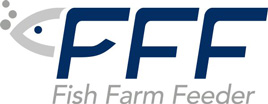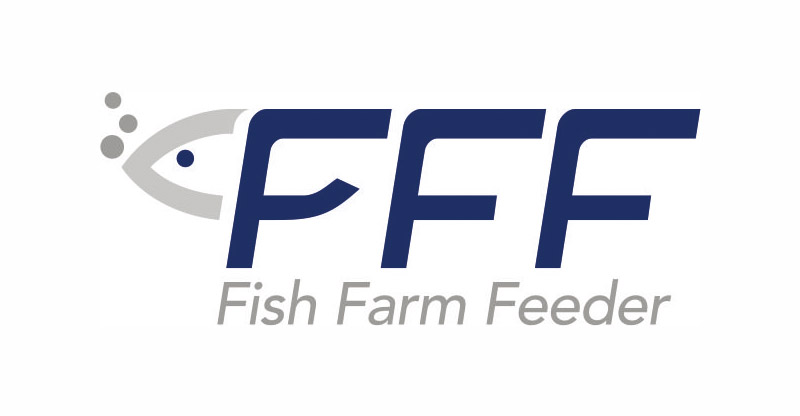Spreaders. What they are and when to apply them
In fish farms with automated feeding technology, the system should guarantee two important elements: deliver the feed to a tank or cage and spread it homogeneously over the largest possible surface of water. Just this way it is viable to feed significant number of fish.
Distributing the feed over a larger surface of the tank we avoid concentrating the feed in a single place where only the strongest would eat and ensure an effective feeding for all animals (strong and weak) that as a result will contribute to a greater survival. Apart of it we increase the well-being of the fish that as a consequence we contribute to reducing stress and support its growth. The correct automatic distribution of feed also contributes to keeping the water in better condition, by generating less waste at the bottom of tanks or cages, two indicators that are crucial in the aquaculture sector.
Taking into account the morphology of the tanks in aquaculture farms, we can group the fish feed spreaders as follows.
Types of Spreaders according to the Type of Tank
1. CIRCULAR TANKS
Inverted Cone
The feed is distributed in a circular way covering the water surface. The feed distribution will depend on the angle of the spreader and the height at which it is placed over water.
Lower Rotary Spreader
The perfect solution for tanks in sea or fresh water. It is formed by a tube that rotates and spreads the feed depending on the air flow.
Upper Rotary Spreader
It works the same way as the Lower Rotary Spreader but it is fixed on a structure. Ideal option for inland fish farming.
2. RECTANGULAR TANKS
Lengthwise
A pipe perforated in its lower part to distribute the feed throughout the tank. The size of the holes will vary depending on the size of the feed, the size of the tank and the air flow.
Breadthwise
A perforated pipe is installed in tanks where the feed is spread only on one side, using the water flow to move the feed through the tank.
Splitter
It allows to distribute the feed in 2 different points by using only one pipe.
Parable
The feed will be sent in parable, taking advantage of expanding the spreading area according to the air flow.
The Advantages of Spreaders
The correct selection of the spreader will bring the following advantages for aquaculture companies:
- Homogeneous fish growth: by ensuring that the feed reaches the largest number of fish in the tank or cage.
- FCR (Feed Conversion Rate) Optimization: by combining the use of a spreader with the optimum precision of the dose of the feeding system no feed is wasted.
- SGR (Specific Growth Rate) Optimization: by achieving the desired fish size in less time.
- Labor savings by fish sorting.
- Labor savings in fish movements between tanks.
- Less waste of feed and, consequently, improvement in water quality.
FFF’s automatic feeders can be connected with all types of spreaders applied in aquaculture.
We have the most complete catalog of automatic feeding systems for all stages of fish life: hatcheries, pre-growth and growth.






